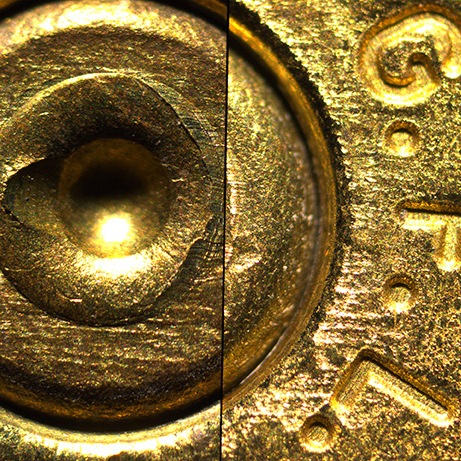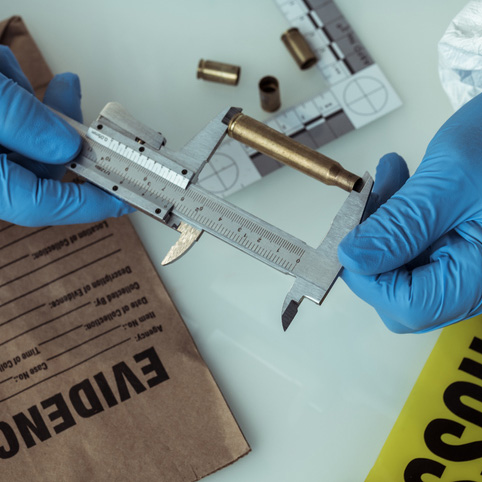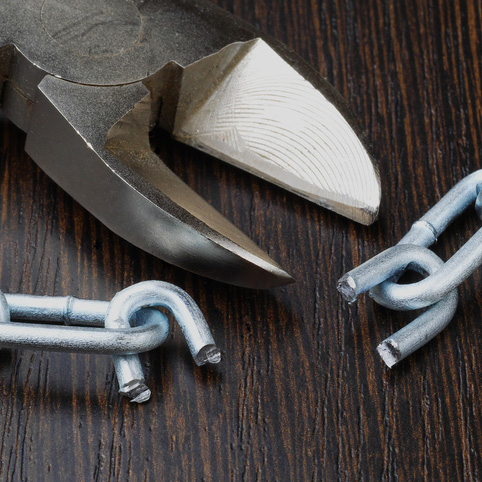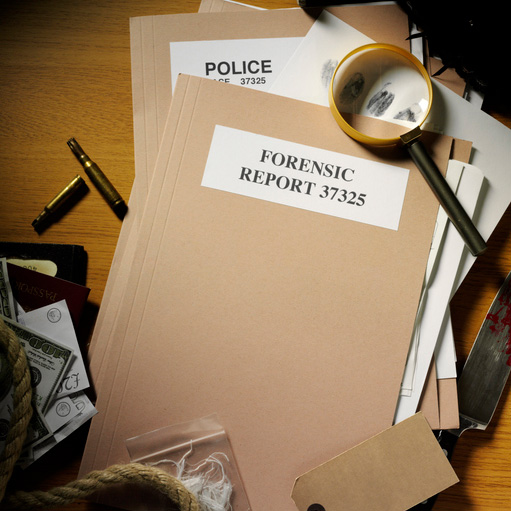WHAT EXACTLY IS IN THE FIREARM AND TOOLMARK EXAMINER WHEELHOUSE?
A Firearms and Toolmark Examiner is a forensic scientist who is an expert in evidence regarding firearms, toolmarks, and ballistics.
In addition to forensic examinations, firearms and toolmark examiners are called upon to test-fire and photograph firearms and firearms-related evidence and prepare investigative reports based upon their examinations. Their work may include performing chemical and/or electrolytic etching and magnetic processes for firearms serial number restoration and determining the muzzle proximity and trajectory of firearms used at the scene of a crime. They also engage in primer residue analyses and toolmark comparisons.
Although the majority of work performed by toolmark examiners is done in the forensic laboratory, these forensic scientists may need to engage in crime scene processing, particularly when determining bullet trajectory. They may also be required to serve as expert witnesses, prepare courtroom evidence and provide courtroom testimony, as well as provide training to personnel.
Firearms & Toolmarks Examination
Firearms & Forensic Services offers highly specialized expert services to meet your needs.
FIREARMS
- Comparing bullets to barrels
- Comparing cartridge cases to firearms
- Cartridge case ejection pattern testing
- Shot pattern examinations
- Trigger pull measurements
- Serial number restoration
- Accidental discharge determination
- Muzzle to target distance (normally < 10 ft.)
- Gunshot distance determination
BULLET TRAJECTORIES
- Mathematical bullet path analysis
- Laser trajectory analysis
AMMUNITION
- Evaluation and testing
- Components comparison
TOOLMARKS
- Fracture matching
- Lock and key examinations
- Comparing stamps with stamped impressions for identification
- Comparing tools with toolmarks found at the crime scene
SERIAL NUMBER RESTORATION
- Chemical
- Magnetic
CASE REVIEW AND RE-EXAMINATION OF EVIDENCE
- Any and all photographs, videotapes, etc., of the shooting scene taken by the police and other
- Autopsy photographs
- Autopsy report(s)
- All police incident reports, investigative reports, shooting scene diagrams, sketches, personal notes, statements taken by the police, etc.
- Reports of the EMT reports and Medical Records
- List of all physical evidence impounded from the scene
- Crime laboratory reports
- Statements of the shooter, witnesses, victims, etc.






